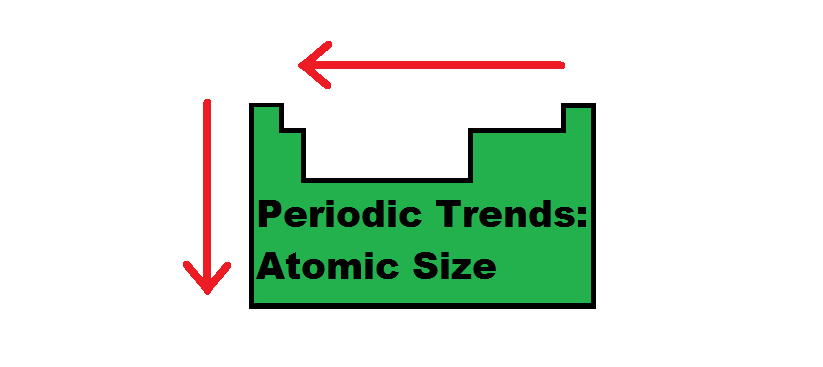Specific patterns of certain elemental characteristics are present in the periodic table. The tendencies of these patterns increase or decrease as you move along the columns and rows of the table. These patterns are called periodic trends.
One of them is electron affinity. Electron affinity measures the ability of an atom to accept an electron. It measures the energy change in the atom that occurs when an atom gains an electron. The more negative the electron affinity is, the more likely an atom will accept an electron.
Going Up and Down Groups (Columns)
When moving down a group, the electron affinity generally decreases. This is because as you go down the period table, new valence shells are added increasing the atomic radius. The new orbital is further away from the nucleus, meaning the attraction between the positively charged nucleus and the new electron decrease. Thus, electron affinity decreases.
Going Left and Right Across Periods (Rows)
When moving left to right across a period, the electron affinity increases. This is because the number of protons increases moving to the right of the row. As the number of protons increase, the nucleus of the atom becomes more positively charged. The increase in positive charge increases the attraction between the nucleus and the electrons of the atom. Thus, the electrons are held more tightly towards the nucleus, increasing electron affinity.
Summary:
Electron affinity deceases as you do down a column because of the increase in atomic radius from the addition of a new valence electron shell.
Electron affinity increases as you go right across a row because of the increase in protons leading to a decrease in atomic radius.
Looking to get ready for the ACT? We can help with ACT Prep
This article was written for you by Samantha, one of the tutors with Test Prep Academy.


